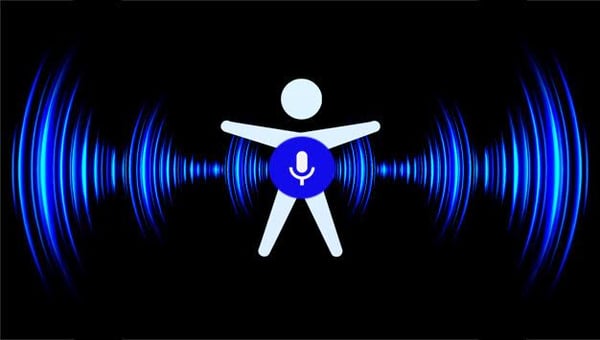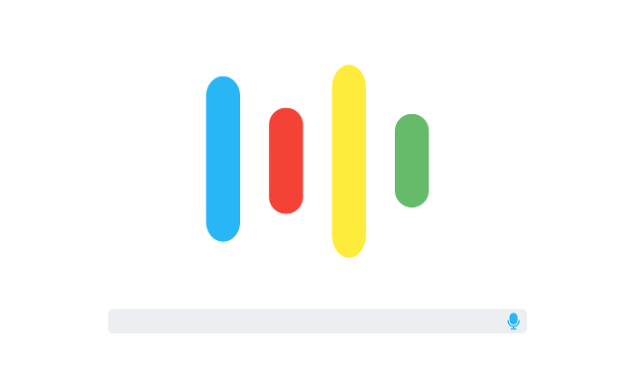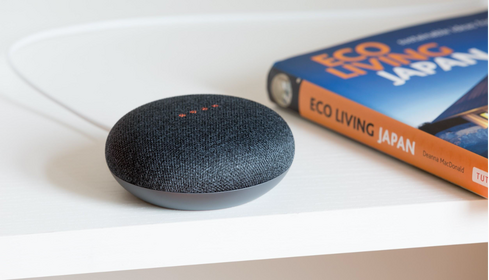
 Voice AI has seen incredible growth over the last few years and has become a part of our everyday lives. Voice Technology not only takes into account how people search for information with their voice through smart voice assistants, or the ability to execute tasks through voice commands, it also takes into account how to aid a person with accessibility needs in his or her daily life in order to ensure equal access to the same experiences as people without accessibility needs.
Voice AI has seen incredible growth over the last few years and has become a part of our everyday lives. Voice Technology not only takes into account how people search for information with their voice through smart voice assistants, or the ability to execute tasks through voice commands, it also takes into account how to aid a person with accessibility needs in his or her daily life in order to ensure equal access to the same experiences as people without accessibility needs.
The beginnings of voice technology are thought and developed to be as assistive technology. Assistive Technology is defined by the Assistive Technology Industry Association (ATIA), as any piece of equipment, software program or product system that can be used to increase, maintain, or improve the functional capabilities of people with disabilities. In 1808, the typewriter was the first invention that started the history of assistive technology. Pellegrino Turri built the typewriter to help a blind friend write legible letters.
History of Voice & Accessibility
Speech-recognition technology dates back to the 1950s. However, in the last 20 years, voice technology has gained popularity mainly with the smart assistants Alexa, Siri, and Google Assistant.
Between the 1930s and 1950s
An example of a voice technology invention meant to be as assistive technology, are audiobooks. In 1934 the Readphon Talking Book was invented. Soon after the Readphon talking book was released, in 1935, the American Foundation for the Blind published the first issue of the Talking Book Bulletin; books on tape to be used with the long-playing records (LPs). Due to licensing agreements with the publishers and authors’ unions, it was illegal for sighted people to listen to the audiobooks between 1934 and 1948.
In the late 1930s, the development of voice technology starts to emphasize accessibility purposes. In 1936, Homer Dudley who worked for Bell Laboratories invents the first electronic speech synthesizer called “Voder”, for “voice coder”. Bell Laboratories is also known for the invention of the Transistor by John Bardeed, William Shockley, and Walter Brattain, which won the 1956 Nobel Prize for Physics. In 1952, Bell Labs designed the “Audrey” system, which could recognize a single voice speaking digits between zero to nine aloud, hence the first speech recognition system.
Between the 1960s and 1970s
In 1962 at the Seattle World Fair, IBM demonstrated the Shoebox. The Shoebox could understand up to 16 spoken words in English.
From 1971 to 1976
The U.S. Department of Defense heavily contributed towards the development of speech recognition systems and funded the DARPA SUR (Defense Advanced Research Projects Agency Speech Understanding Research) program. After five years of research, ‘Harpy’ was developed by Carnegie Mellon which had the ability to understand 1,011 words. It employed a more efficient system of searching for logical sentences. Bell Labs also has advancements with the development of a device that could understand more than one person’s voice.
Between the 1980s to 1990s
The development of a technique called Hidden Markov Model, which used statistics to determine the probability of a word originating from an unknown sound, was a major breakthrough for voice technology. The model did not rely on speech patterns or fixed templates, opening the door for programs into industrial and business applications.
Around that time, IMB began working on Tangora, a technology that could be capable to recognize 20,000 spoken words. In 1985, the first children’s toy with voice technology was released.
In the 1990s with the development of faster microprocessors, speech software became achievable and is implemented in the workplace. The company Dragon released ‘Dragon Dictate’, which was the world’s first speech recognition software for consumers.
In the 2000s
In 2002, Microsoft integrated speech recognition technology into its office products. In 2005, Apple introduced the VoiceOver, a screen reader capability, into the Macintosh operating system. Later in 2009, Apple introduced the iPhone 3GS, it was the first-ever touch screen device accessible to the blind with the VoiceOver integrated as a gesture-based screen reader. Two years after, Apple’s smart voice assistant, Siri was introduced to the world.
Accessibility & Design
Designing for accessibility doesn’t mean targeting one specific customer. Accessibility can be considered to have three different stages:
1) Permanent – an illness or a condition that affects a major life function over the long term.
2) Temporary – a disability that affects you for a short period of time with eventual recovery from the disabling condition.
3) Situational – is when people move through different environments. For example, when in a loud environment the hearing is difficult.
An example of a non-all-inclusive design is the case of a lawsuit on Domino’s website in 2019. The Supreme court supported a visually impaired man who sued Domino’s over website accessibility- the man was unable to order food using the Domino’s website and mobile app regardless of using screen-reading software. Although designing with accessibility in mind aims to target users who might have physical and cognitive disabilities, at the same time it effectively brings awareness to increase access and accessibility. Designers who take into account designing with accessibility target a particular audience (permanent stage), but other people can benefit from it as well (temporary, situational, and the rest of the world). As an example, audiobooks were invented as assistive technology and became mundane. Consequently, instead of designing for them, design with them.
READ MORE: Voice is Here, Conversational AI in Automotive, What are We Talking About? Voice Technology Terms You Need to Know, Voice Recognition as Biometric Authentication










Comments
Add Comment